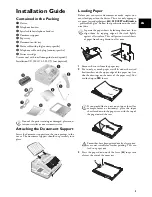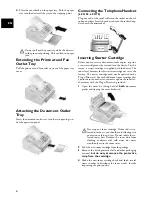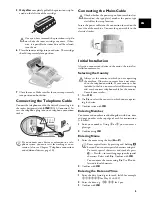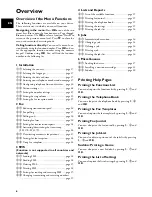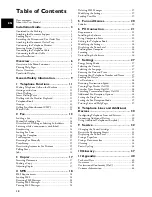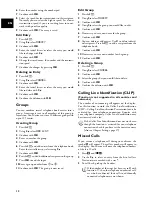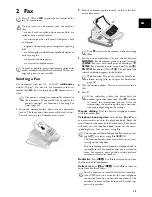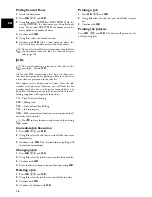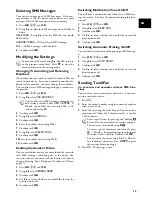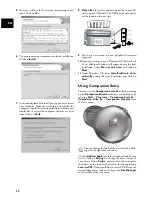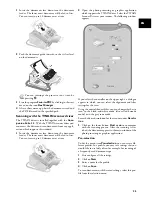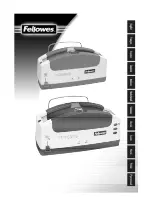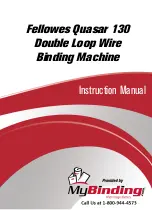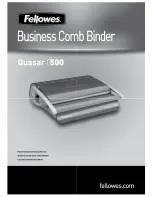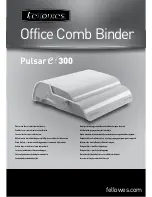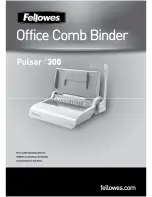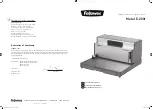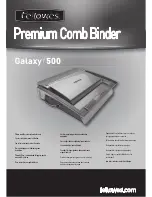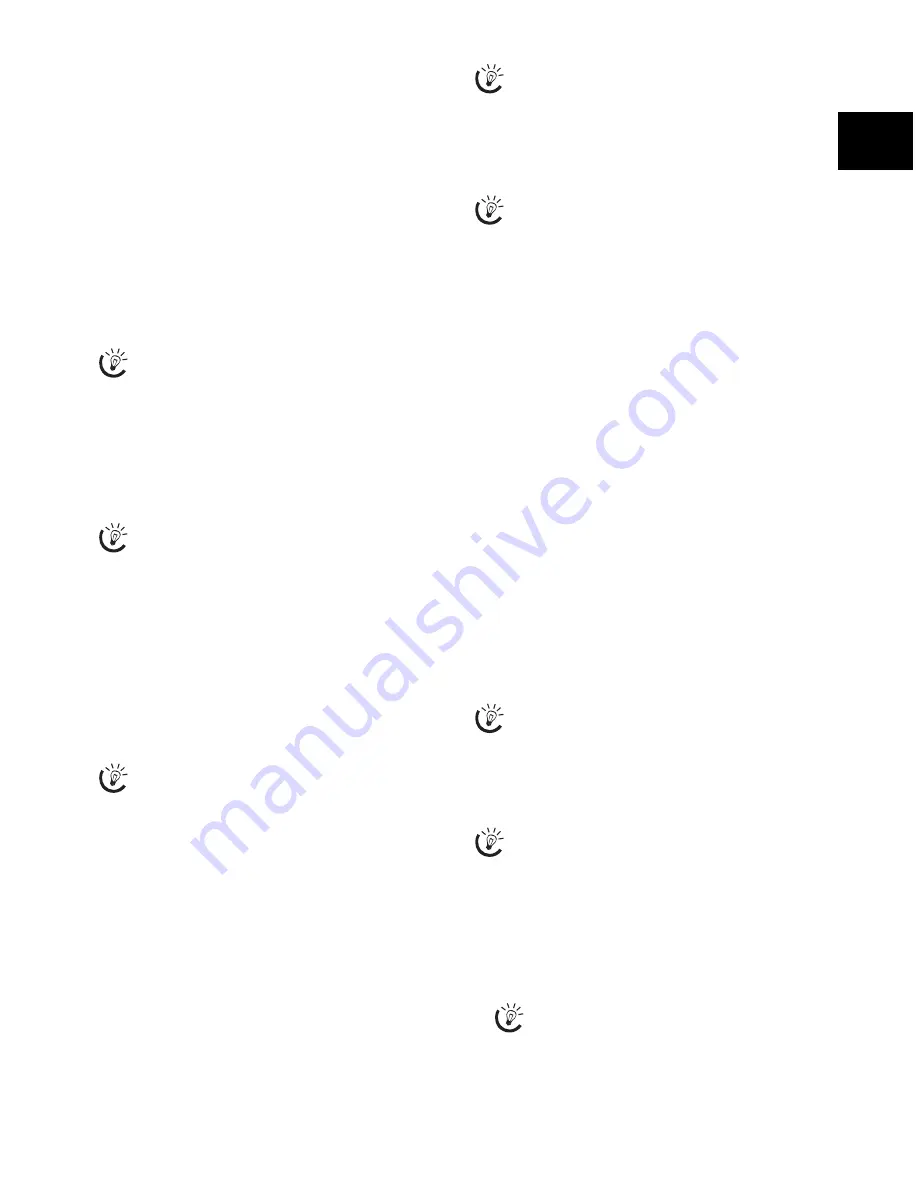
11
EN
1 Telephone Func-
tions
Type 3 (mit Telefon)
(LF¦3155, LF¦3175)
Connecting Additional Telephones
For information on how to connect additional telephones
and which functions are available to you, please refer the
chapter on Telephone Connections and Additional Devic-
es, Page 30.
Making Telephone Calls on the
Machine
Dial the desired telephone number. There are multiple
ways to do this. Then lift up the handset.
Direct Dialling
Manual dialling:
Dial the desired telephone number
with the number pad.
Telephone Book
Telephone book register:
with the keys (
A—Z
) you
can access entries saved in the telephone book. Enter the
initial letters or the name of the desired entry. Your device
will show you the telephone book entries for the corre-
sponding letters. Select an entry using
[
.
Using the Telephone Book
Redial List
Redial list:
Press
@ù
. Use
[
to select an entry from
the list of the dialled numbers.
Caller List
Caller List:
Press
ú
and
@ù
. Use the
[
to select an
entry from the list of callers.
CLIP Prerequisite
Getting outside line
PABX Systems
Private branch exchanges (PABX) are typical in many of-
fices and some households. You must dial an outside line
access code in order to get a connection to the public tele-
phone network (PSTN) from a PABX.
Enter the outside line access code with which you reach the
public telephone network before you enter the desired
number or select a stored entry. The outside line access
code is usually
0
.
Outside Line Access Code Error
Setting up an extension
Chain Dialling
You can combine and edit manually entered digits and
saved entries, before the dialling process starts. If you have
saved, for example, the telephone number prefix of an inex-
pensive telephone service provider (call-by-call) as a tele-
phone book entry, select this entry and manually enter the
subsequent telephone number or select another saved entry.
Insert Dialling Pause
Insert Dialling Pause
It may be necessary to insert a dial pause in telephone
number, for example, for a direct-inward dialling number,
a sub-address or in a long distance number. Press
ú
and
Rø
. The second part of the number is dialled only after a
short pause.
Dialling with the Handset Replaced
Dialling with the Handset Replaced
Press
μ
to dial without lifting up the handset. You will
hear the dial tone from the loudspeaker; the dialling proc-
ess will commence immediately.
Telephone Book
Help 4 · Telephone book
Telephone Book
Call the telephone book functions using
am
: You can
store new entries, search for entries as well as set and edit
groups. You can save up to 200 entries in the telephone
book of your device.
Cursor navigation 1
Saving Entry
1
Press
am
.
2
Using
[
select
ADD NAME
.
3
Confirm with
OK
.
4
Enter the name using the keys (
A—Z
).
5
Confirm with
OK
.
You can also lift up the receiver first, then dial a
number. The dialling process begins immediately.
You can also call the telephone book entries by press-
ing
am
and select using
[
SEARCH
.
The function Search works even while you are con-
versing on the telephone.
If you are loading entries from the telephone book, it
is possible to edit the numbers after you have loaded
them. For example, you can add or delete prefixed
numbers or direct dial numbers.
For this function to work, the caller line identifica-
tion (CLIP) must be activated for your telephone
connection (country and network dependent). The
number and name will not be shown if the caller sup-
presses his number.
In rare cases, the outside line access code may be a
different number or a two-digit number. For older
telephone systems, the outside line access code can be
R (= Flash). Press
Rø
to enter this outside line ac-
cess code. If the connexion to the public telephone
network is not possible, contact your telephone sys-
tem supplier.
If you operate your device permanently at an exten-
sion, store the outside line access code with the 15
function (see page 30).
Press
¨
,
4
and
OK
to print a list of all saved entries
and groups in the telephone book.
You can move the cursor using
[
. Use
C
to delete
individual characters. Press
j
to close the menu and
return to the starting mode.
Enter capital letters by pressing and holding
ú
button. You can enter special characters using
½
.
To insert special characters and symbols, press
ü
. Press
ûü
to insert language specific special
characters. Select with
[
. Confirm with
OK
.
Summary of Contents for MF 3175
Page 1: ...User Manual ...
Page 43: ...43 EN ...



